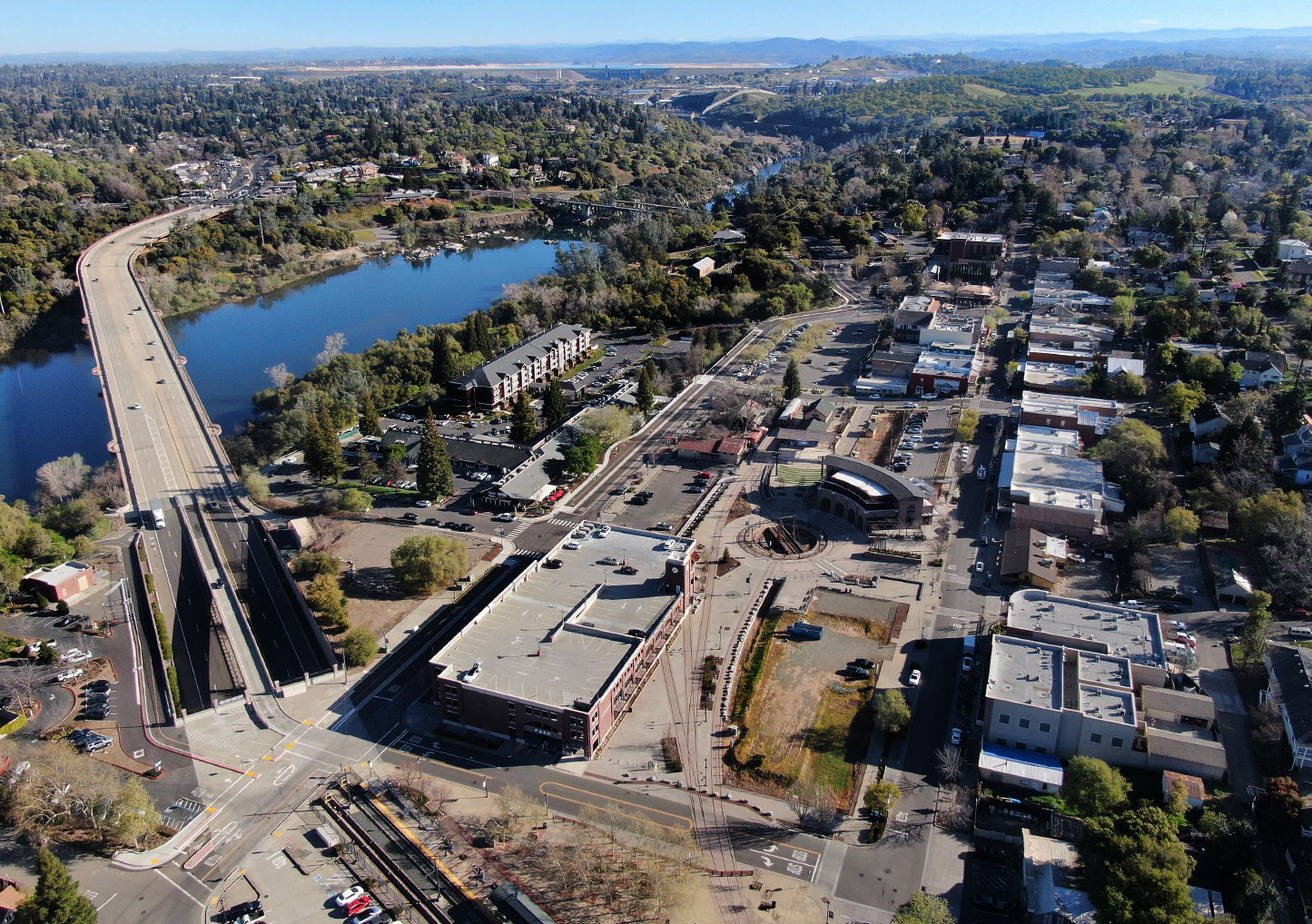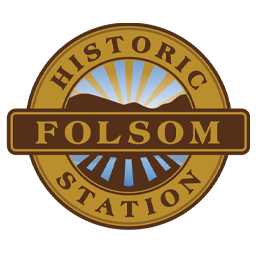
Located on 4.9 acres of the original Sacramento Valley Railroad depot grounds in Folsom, California, Historic Folsom Station was the site of the first passenger rail service west of the Mississippi. It linked Sacramento with the town of Folsom in 1856. It also became the terminus point for the Pony Express. The Historic Folsom Station redevelopment followed the completion of the new Sacramento Regional Transit light rail station at the west end of the site in October of 2005.
Upon completion, Historic Folsom Station will include four private buildings surrounding the public plaza. The Roundhouse was completed in 2020, and three additional buildings are planned, including the Granite House, Sutter Row, and Leidesdorff. The buildings will have 109,000 square feet of retail, restaurant, office, and residential lofts.
In addition, Historic Folsom Station contains a 315-space parking garage, a historic railroad depot and turntable, The Square, an outdoor amphitheater, and an event and market area. The Roundhouse and the outdoor amphitheater bring a unique aspect to the public plaza, allowing guests to enjoy outdoor dining while experiencing live entertainment.


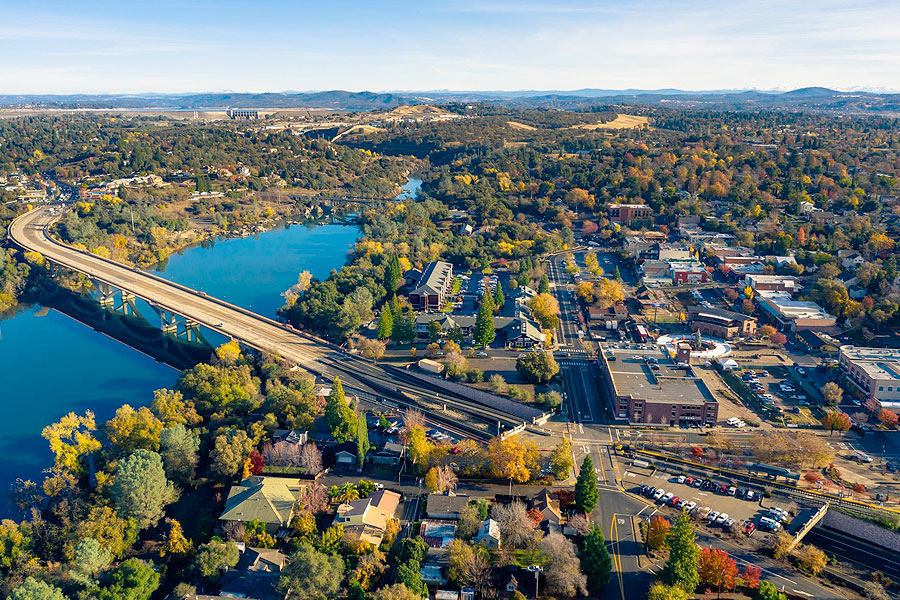
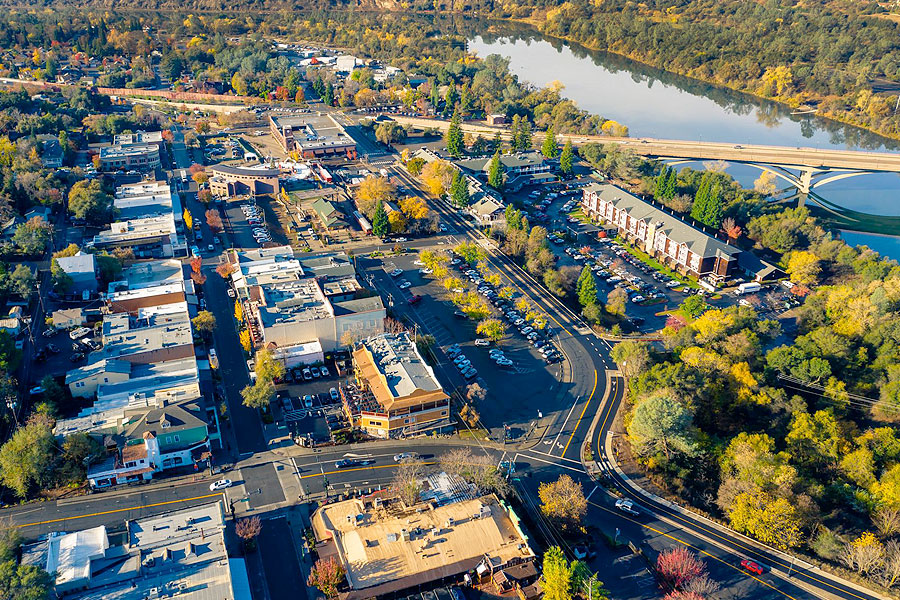
At the terminus of the Gold Line, Folsom’s Historic District is commuter friendly with its direct connection to downtown Sacramento. Connecting to Amtrak, the Gold Line offers further destinations connecting from the Sacramento Valley Station to the Bay Area via Capitol Corridor and to Auburn, Truckee, and Reno via California Zephyr.
For more light rail information, please visit www.sacrt.com or call 916-321-2877
Since the middle of the 19th century, Sutter Street has been the ‘heart’ of Folsom, offering restaurants, shops, pubs, and entertainment. While the merchants may have changed over the years, the look and feel of Sutter Street brings you back to the days of the Gold Rush. The annual street fairs, the weekly farmer’s market, and events draw visitors to this quaint and historic setting throughout the year.
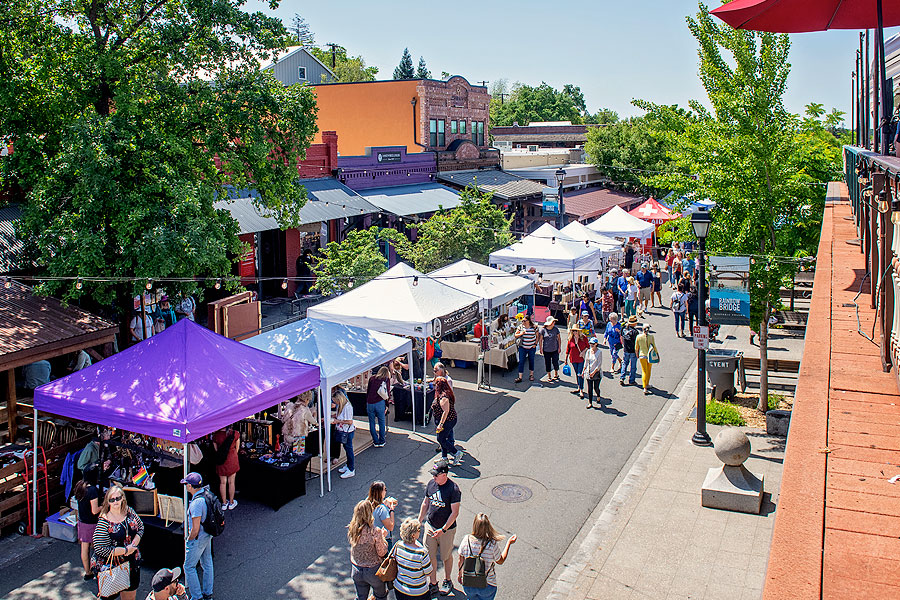
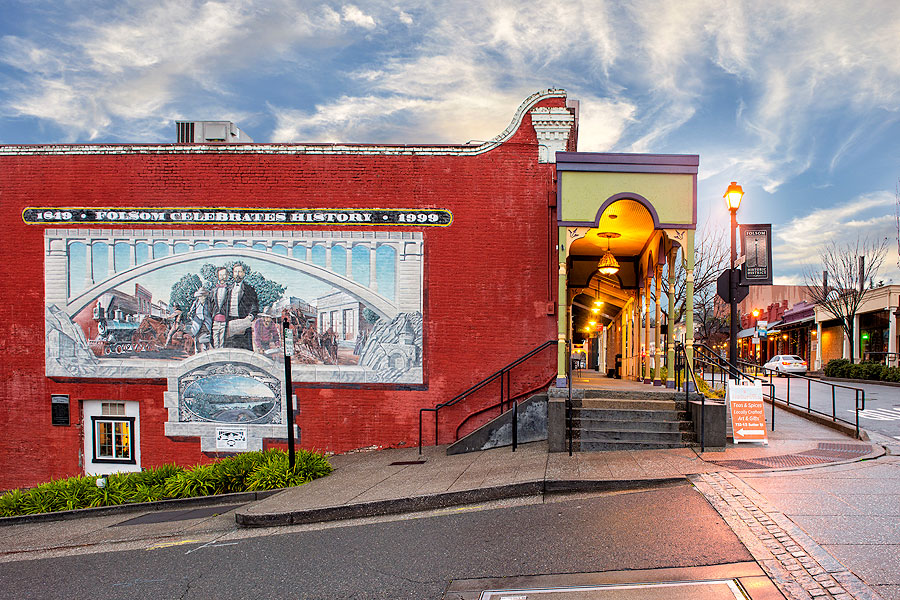
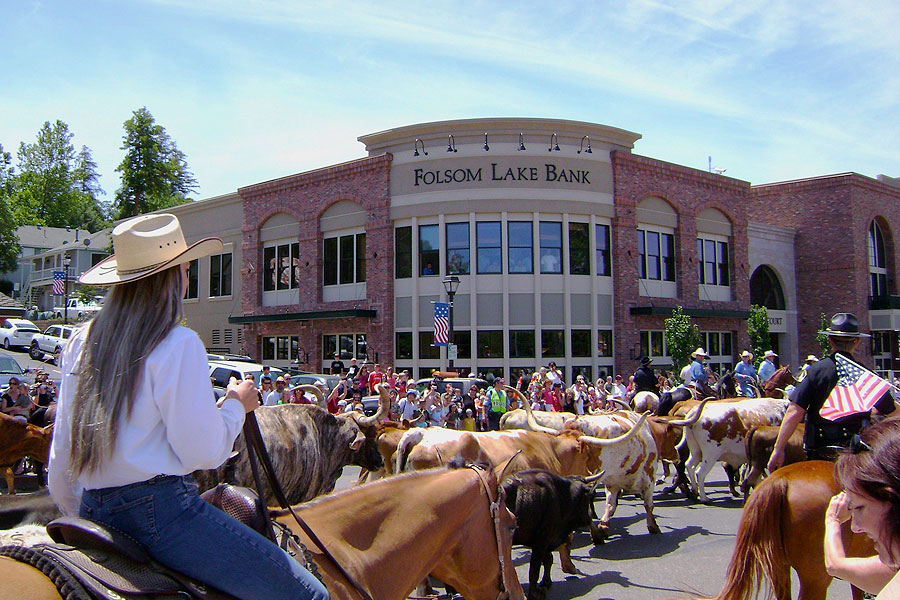
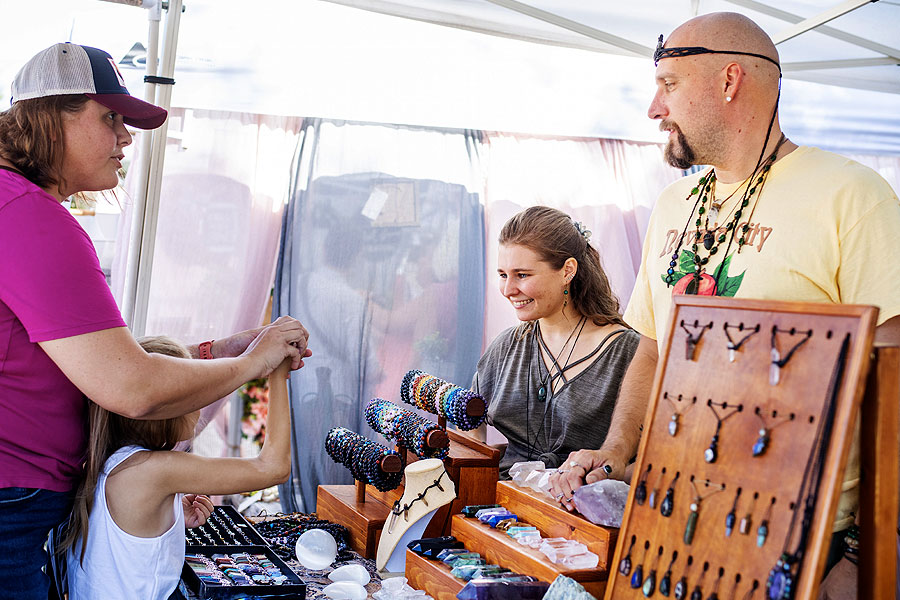
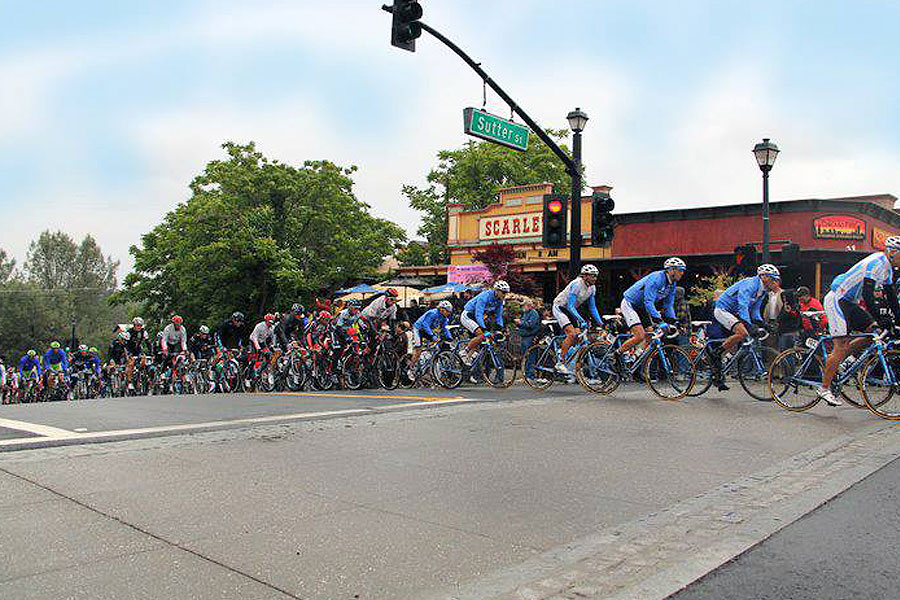
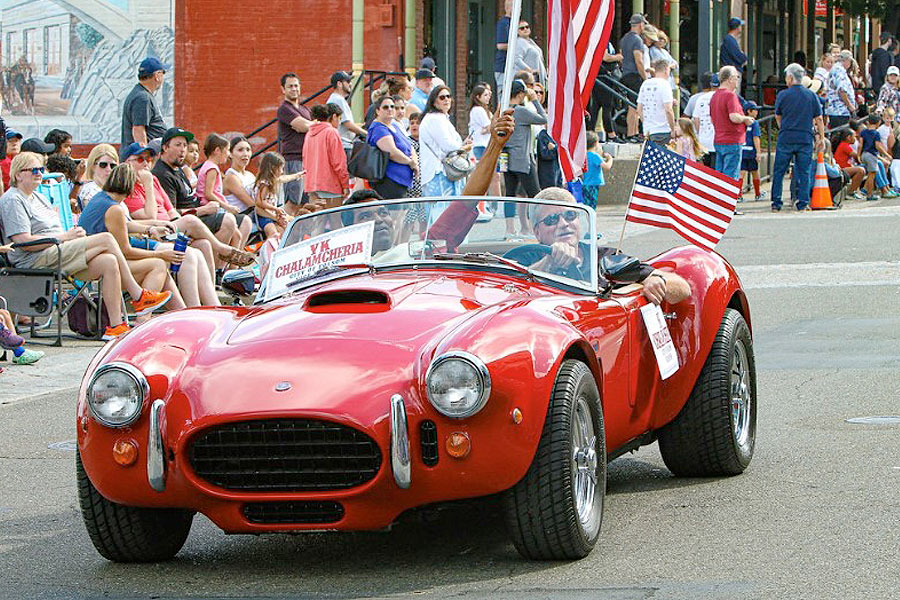
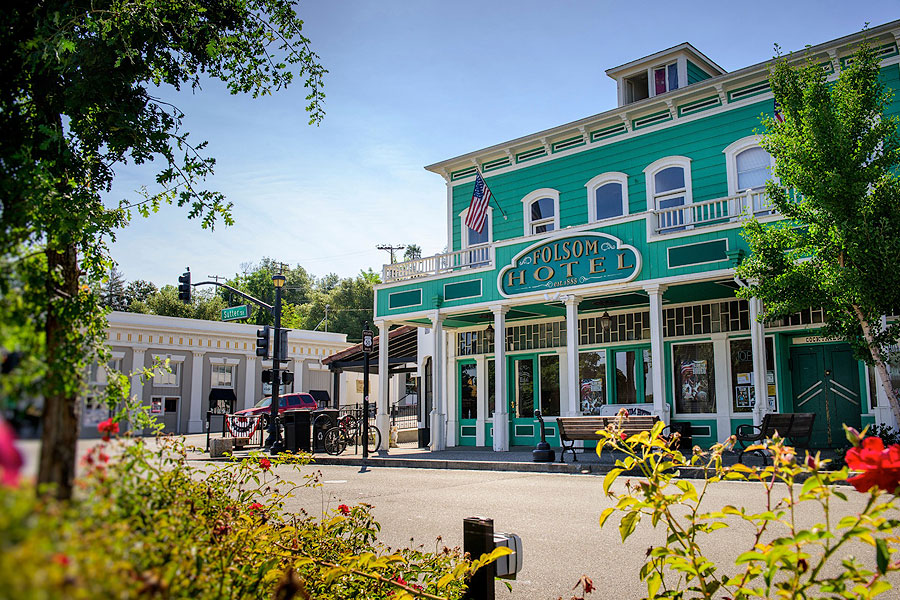
Located on the west end of the historic railroad depot, the outdoor Zittel Family Amphitheater features dance, theater, entertainment, and musical performances in the heart of Historic Folsom Station all year. It’s the perfect spot to join your friends and family for live music and entertainment.
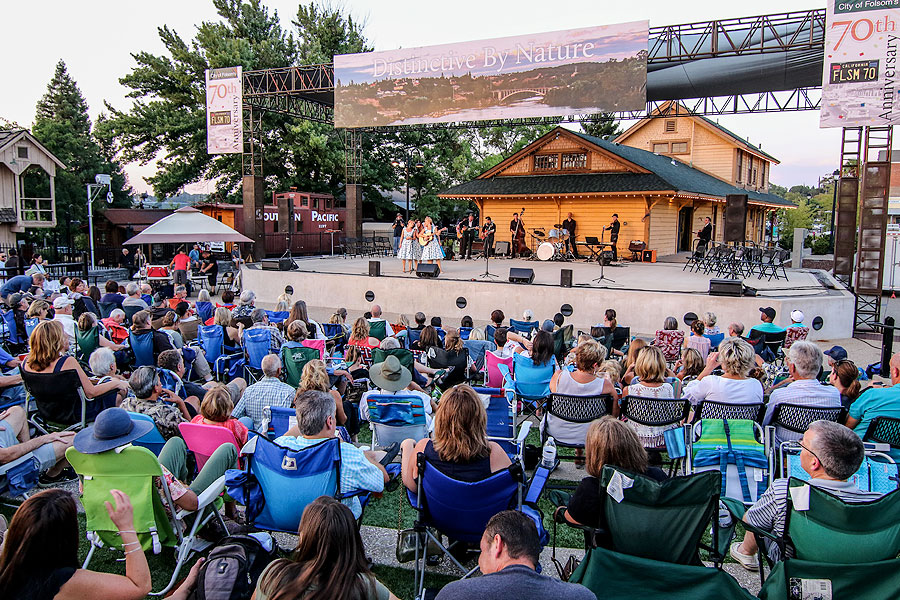
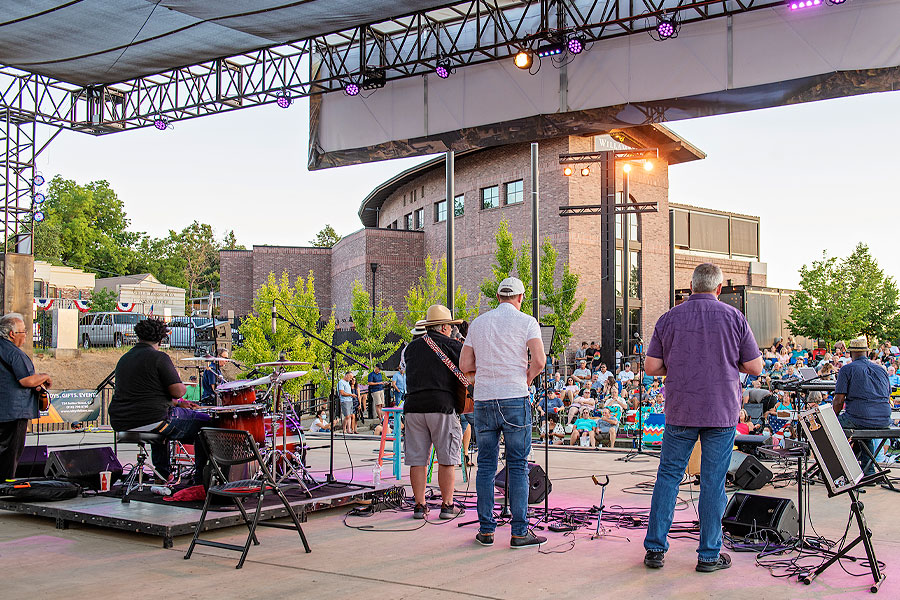

The Folsom History Museum is dedicated to preserving and showcasing the history of Folsom and the surrounding area. The museum is home to a wonderfully maintained collection of artifacts and treasures. From the founding of Folsom through present day, the Folsom History Museum allows visitors the opportunity to learn about the pioneers and entrepreneurs that helped shape Folsom and explore significant events, including the Gold Rush, railroad development, agriculture, and technology.
Operating hours are Thursday through Monday 11 am to 4 pm. The museum is located at 823 Sutter Street. For more information, visit www.folsomhistory.org or call (916) 985-2707.
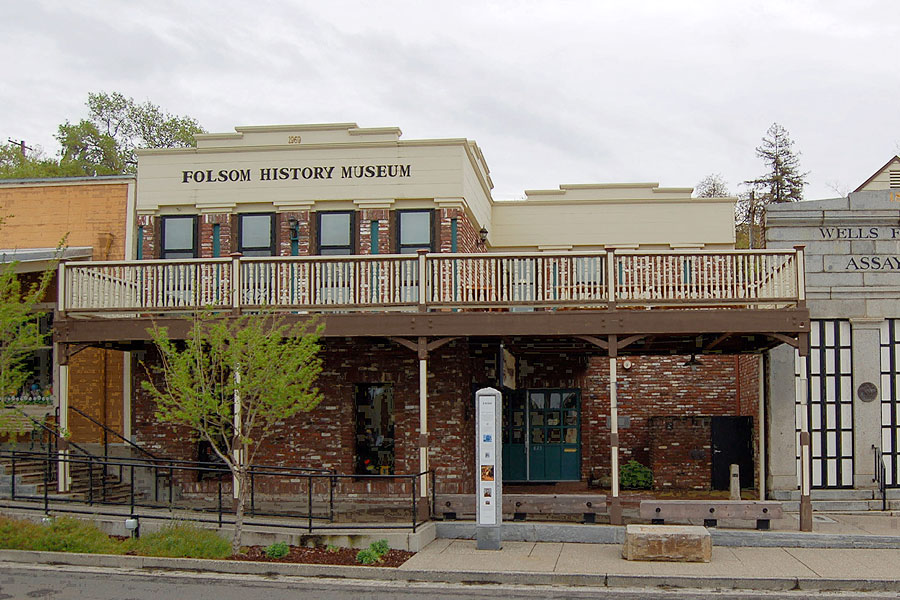
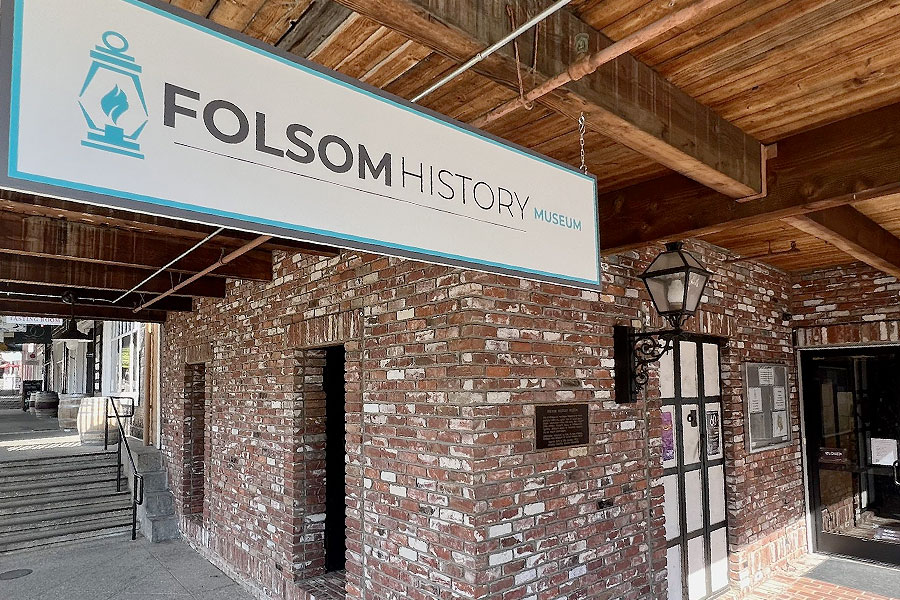
Folsom Lake was created in 1955 by the construction of the Folsom Dam. The concrete dam has approximately 9 miles of earth-fill wing dams and dikes to support its immense structure. The dam is 340 feet high and 1,400 feet long. The lake itself features some 10,000 surface acres of water when full and has 75 miles of shoreline. It extends about 15 miles up the north fork and about 10.5 miles up the south fork of the American River. The lake level normally varies from 466 feet in early summer to a low of 389 feet in early winter.
Located at the base of the Sierra Foothills, Folsom Lake is a reservoir on the American River. Folsom Lake State Recreation Area is one of the most visited parks in the California State Park system. The lake and recreation area offers visitors many different activities to choose from including hiking, biking, year-round camping, horseback riding and boating. For fishing, Folsom Lake has trout, catfish, largemouth and smallmouth bass, perch, and kokanee salmon. Folsom Lake is also a great place for motorized recreation including jet skiing, boating, and wakeboarding. For more information on the Folsom Lake State Recreation Area, visit www.parks.ca.gov or call (916) 988-0205.
Just downstream from Folsom Dam and above the American River, Folsom Lake Crossing bridge opened in 2009. It connects East Natoma Street and Folsom-Auburn Road. Built by the US Army Corps of Engineers, the bridge spans 970 feet in length and carries four lanes of traffic, two bicycle lanes, and a pedestrian walkway. Folsom Lake Crossing significantly improved bicycle circulation in the region by incorporating many miles of new paved trails to the Folsom community.
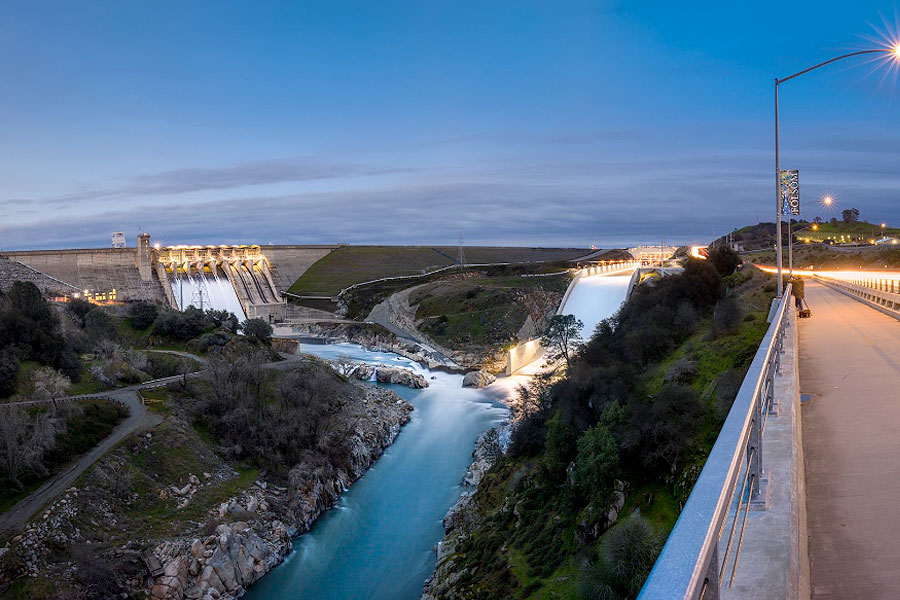
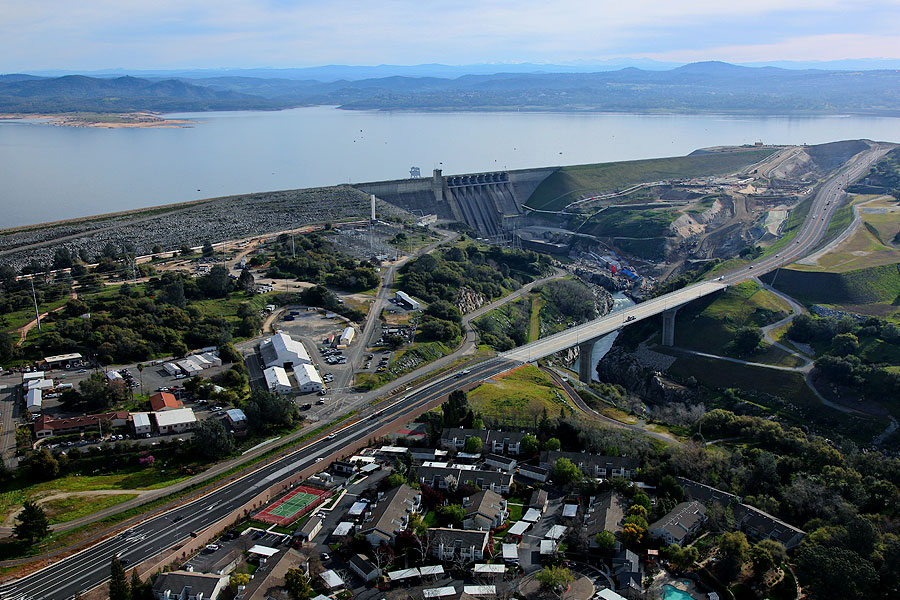
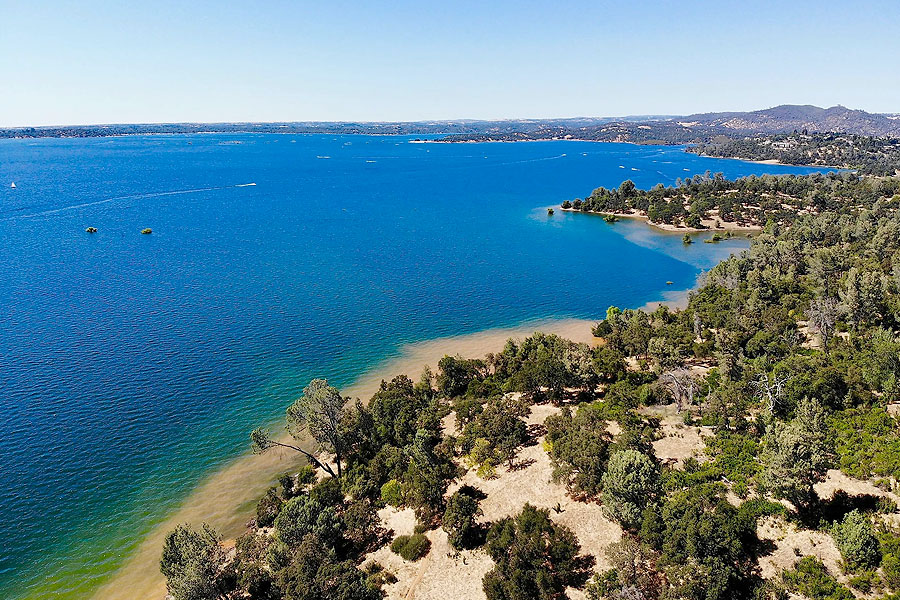

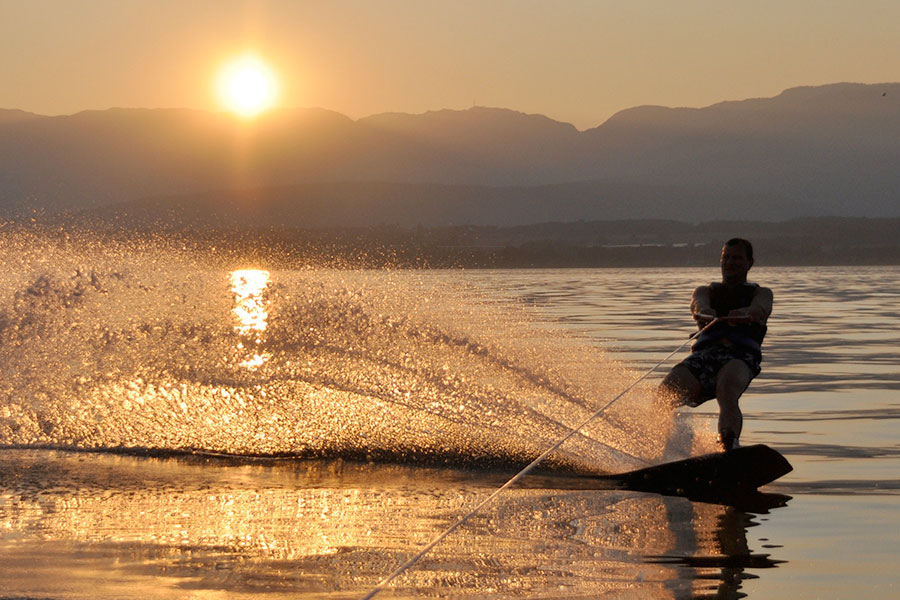
Located on a bluff overlooking Lake Natoma, the Folsom Powerhouse is an important part of Folsom’s history and an example of the extraordinary advancement in the commercial delivery of electricity.
Completed by Folsom Prison laborers in 1893, this hydroelectric facility is one of the oldest in the world. This plant was the nation’s first power system to provide high voltage alternating current over long-distance transmission lines for major municipal and industrial use.
Visitor Center operating hours are Wednesday 12:00 pm to 4:00 pm and Thursday-Sunday 9:00 am to 5:00 pm. Main Powerhouse operating hours are Wednesday-Friday 12:00 pm to 4:00 pm and Saturday-Sunday 9:00 am to 4:00 pm. Group tours are available throughout the week by special arrangement. For more information, visit www.parks.ca.gov or call (916) 985-4843.
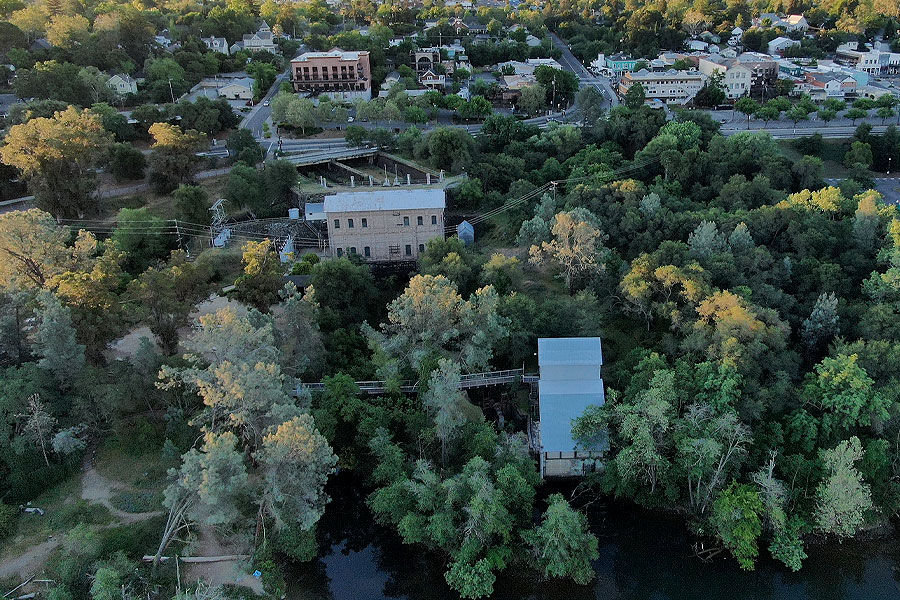
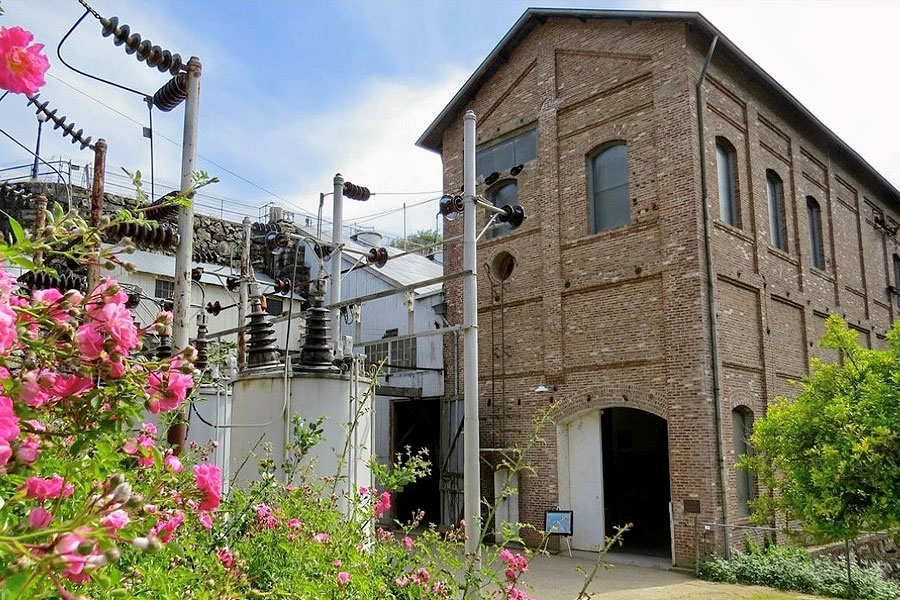
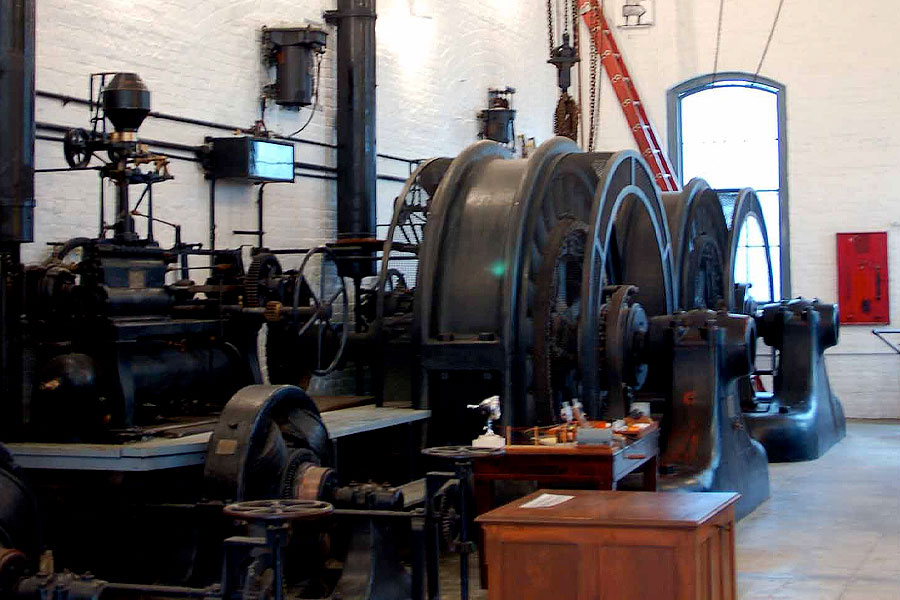
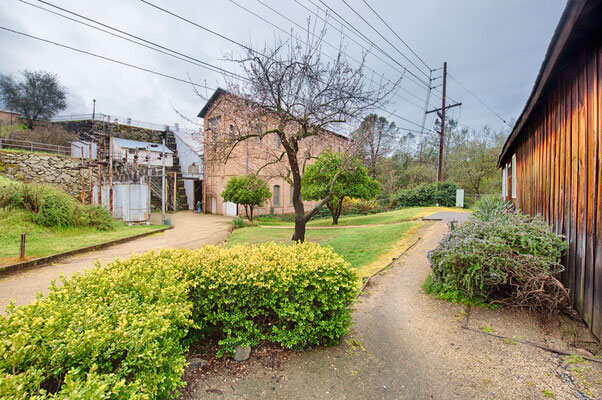
Downstream from Folsom Lake, Lake Natoma is popular for crew, kayaking, paddleboarding, and other aquatic activities. Facilities include one group campground, 12 miles of paved bicycle trails, 6 miles of multi-use trails and excellent year-round bank or boat fishing. Fishing offers trout, catfish, largemouth and smallmouth bass, and perch. Lake Natoma is an exceptional waterway for non-motorized boat recreation.
Motorized boating is allowed, but there is a 5-mph speed limit on the entire lake. For more information on Lake Natoma, visit www.parks.ca.gov or contact the California Department of Parks and Recreation at (916) 988-0205.
Today, Black Miners Bar is a state park offering picnic tables and restrooms, plus a popular destination for kayaking and canoeing. Originally located on the south side of the American River, Black Miners Bar (Negro Bar) was a camp where African Americans first mined gold in 1849-1850.
The Rainbow Bridge has been a Folsom symbol since it was built in 1919 with its underside arches symbolizing a rainbow. To meet the growing needs of Folsom, Lake Natoma Crossing was built in 1999. Today, Rainbow Bridge still serves Folsom in a secondary capacity.
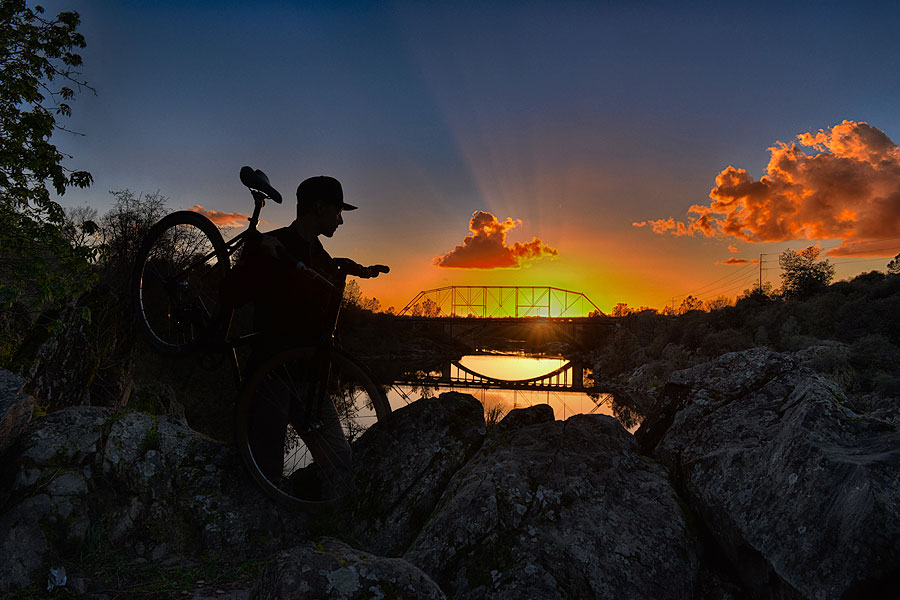


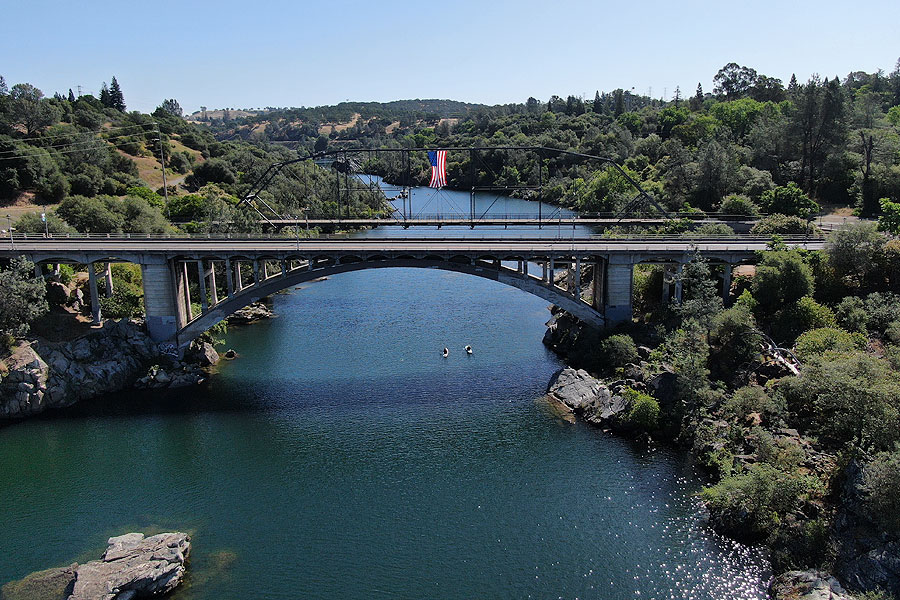
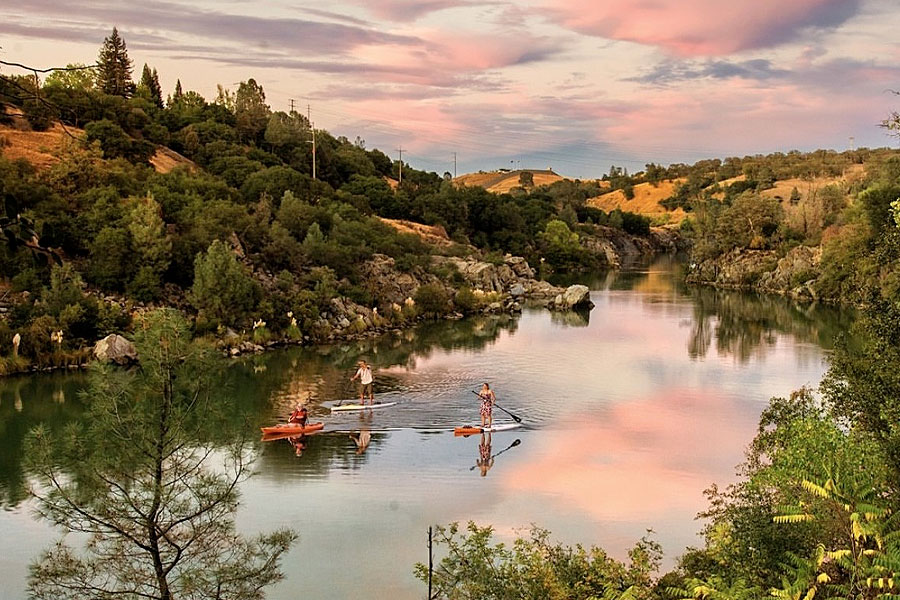
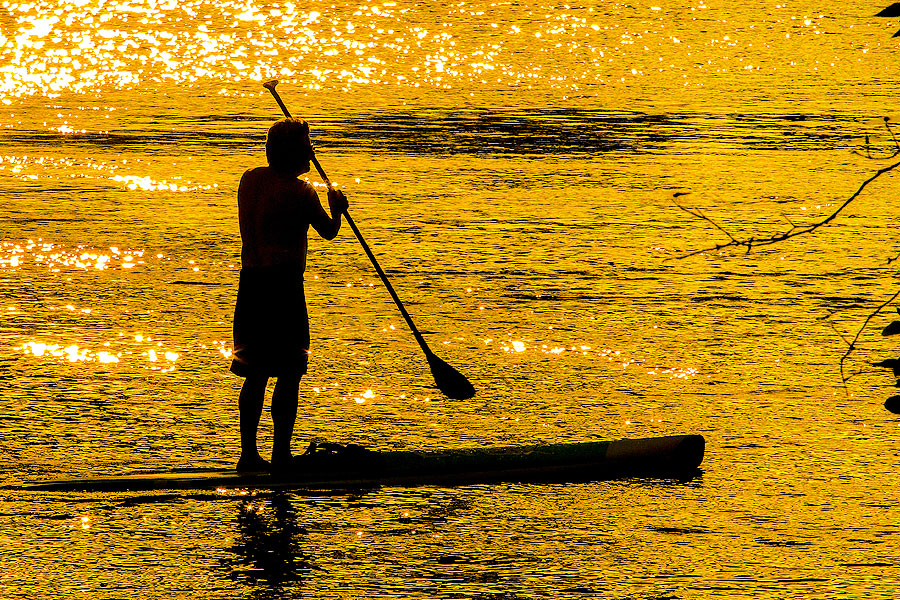

Folsom is home to more than 50 miles of beautiful biking and walking trails that wind throughout the city and connect to the 32-mile American River bike trail. Folsom offers paved, smooth trails as well as off-path bikeways. The main trail corridors include the 15-mile Humbug-Willow Creek Trail, the Folsom Rail Trail, the Folsom Lake Trail, and the Oak Parkway Trail. For more information on trails and bikeways, visit www.folsom.ca.us.
One of the city’s most famous trails is the Johnny Cash Trail. The city completed the Johnny Cash Trail in October of 2017. The trail is 2.75 miles long and features stunning views of magnificent native oak trees along its path. The trail follows the perimeter of the Folsom Prison grounds and is open to both pedestrians and cyclists. The Johnny Cash Trail has two bridges, one over Robbers’ Ravine and an overpass over East Natoma Street inspired by the architecture of Folsom Prison. The Johnny Cash Trail is a great addition to the Folsom community as it combines the natural beauty and cultural significance of the area. More information about the trail can be found at www.folsomcasharttrail.com.
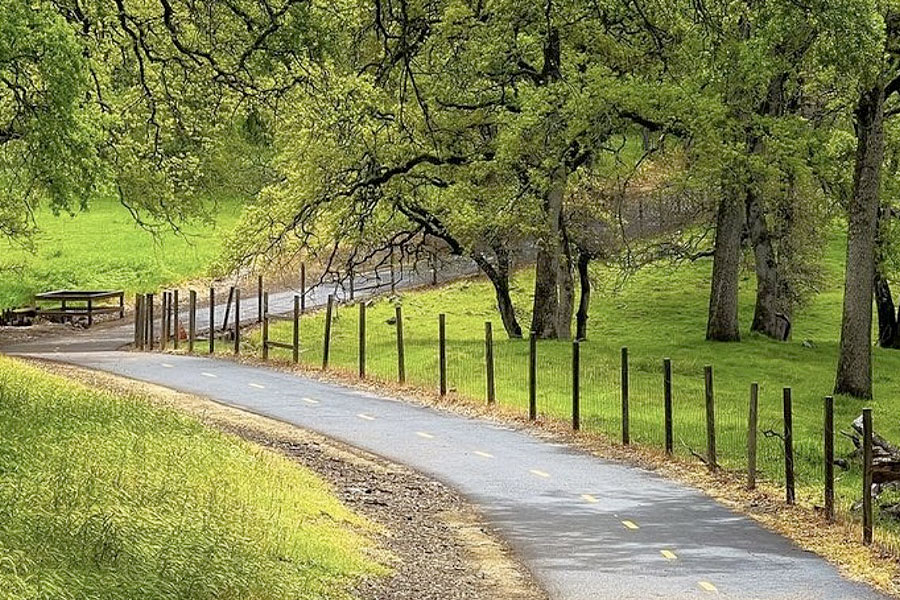
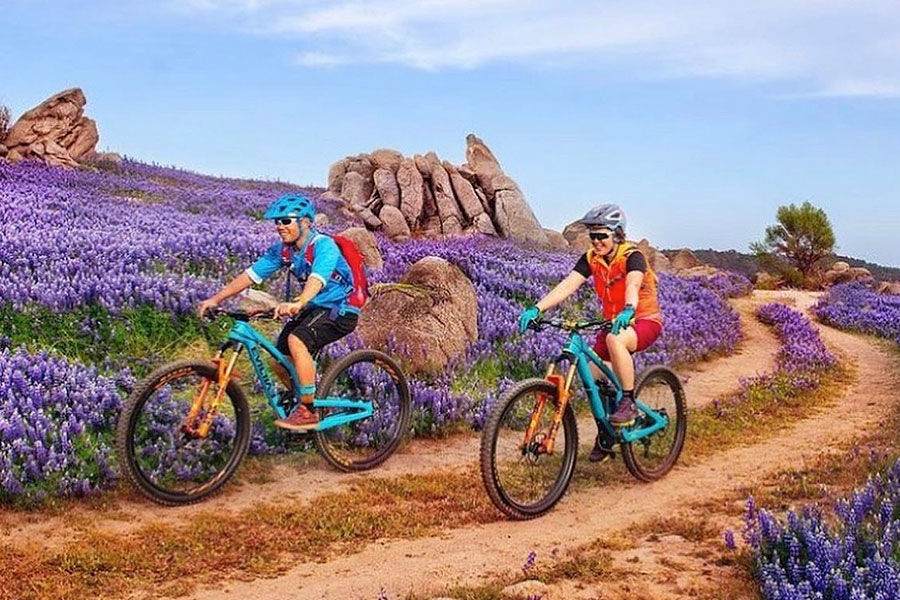
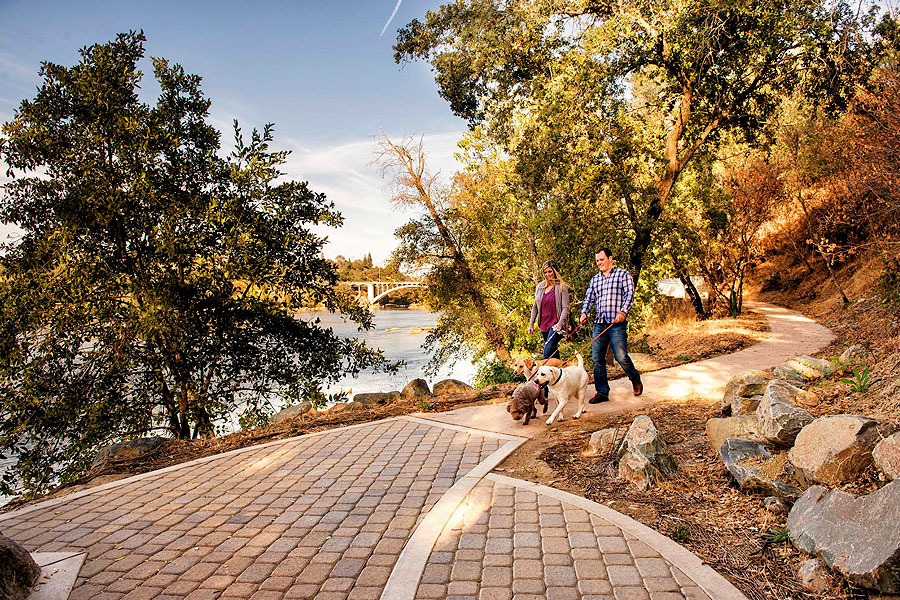
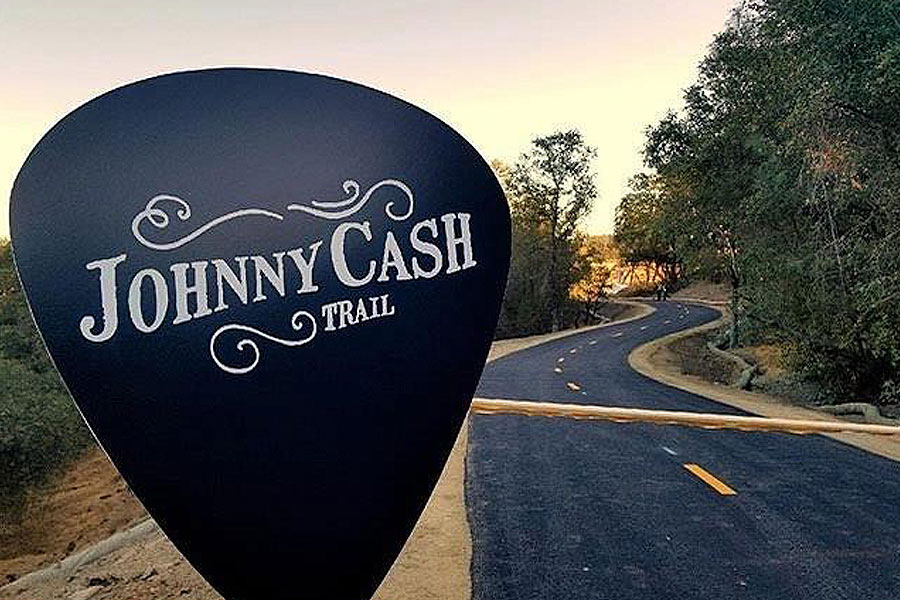
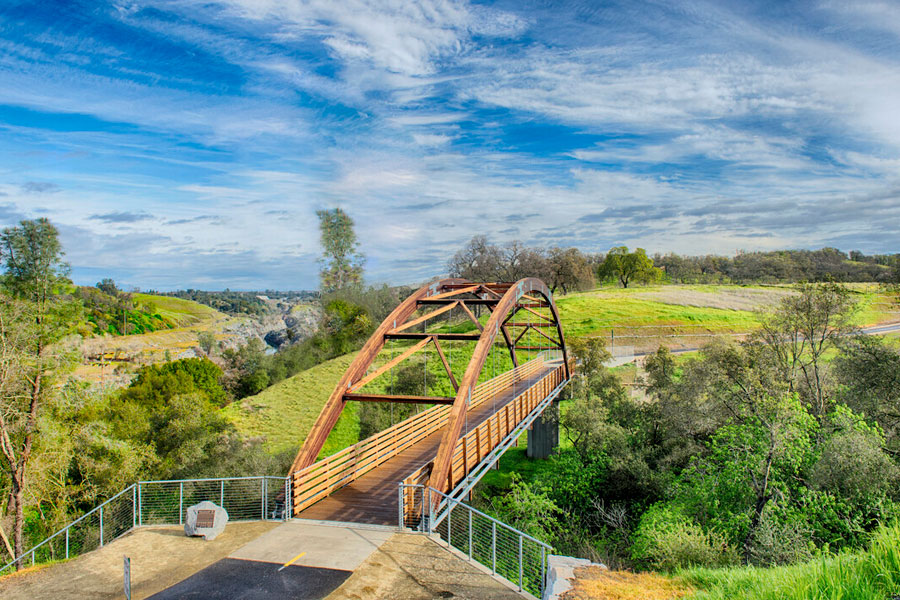
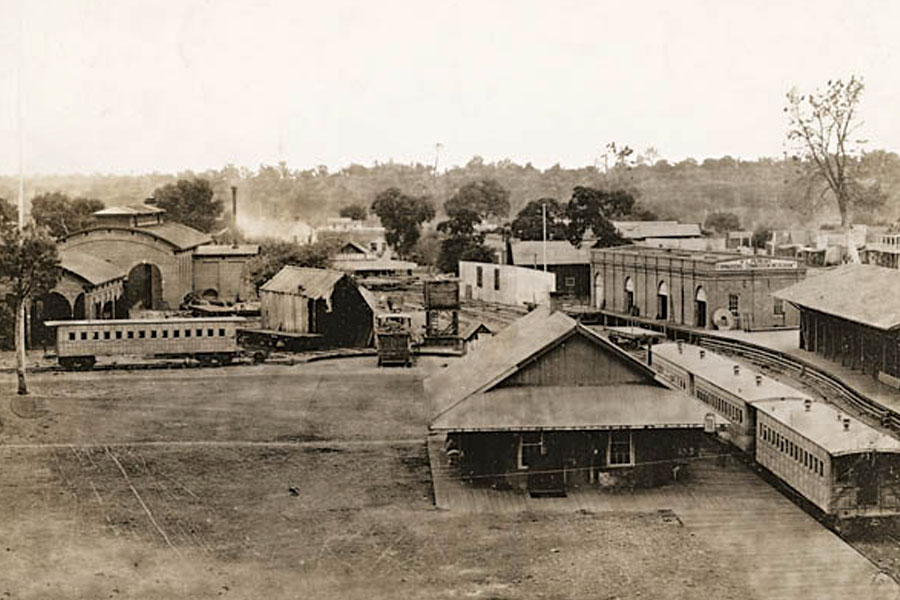
Folsom’s Historic District is rich in history and unique in its gold rush era structures. In 1855, this 98-block township was laid out by Theodore Judah for Joseph Folsom. Today, locally owned small businesses offer unique products, personal services, entertainment, and a variety of culinary and beverage options. In Folsom’s Historic District, there are also interesting museums, historic sites, and charming historic residences.
Sign up to receive updates on what's going on in Historic Folsom Station.
Learn more